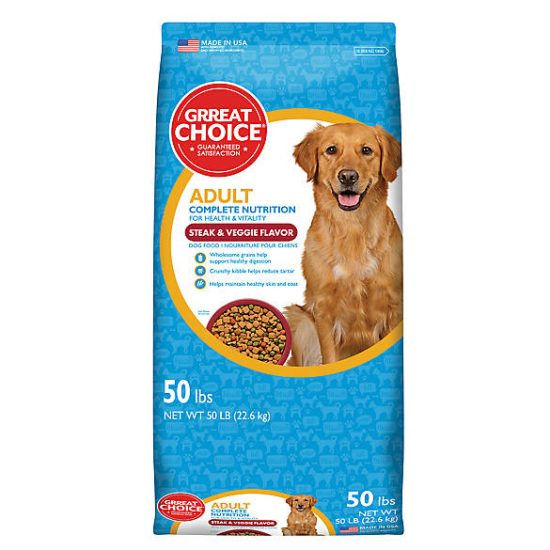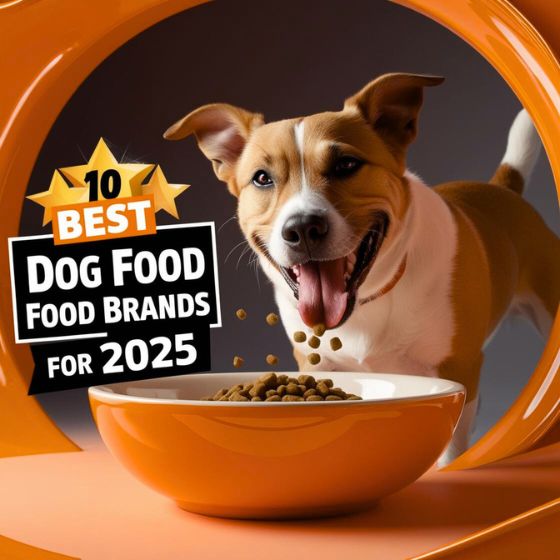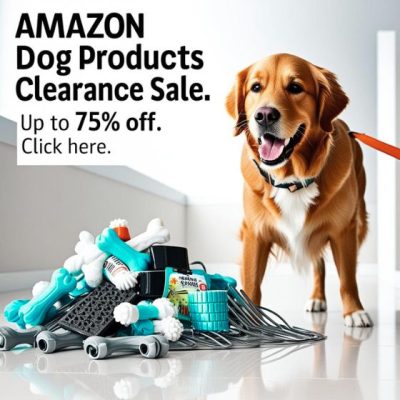As dedicated dog parents, the choices we make about our dogs’ nutrition directly impact their health and happiness. While many dog food brands populate store shelves, some consistently receive poor ratings and concerning feedback from both consumers and veterinary professionals. This analysis examines the 15 worst-rated dog food brands, arranged from marginally concerning (15) to most problematic (1), with detailed information about their specific issues and documented problems.
Understanding Our Rating Criteria
Our comprehensive analysis considers several key factors:
- Ingredient quality and sourcing documentation
- Protein content and specific protein sources
- Presence and types of artificial additives
- Manufacturing locations and practices
- Recall history and frequency
- Customer review patterns across multiple platforms
- Veterinary feedback and professional assessments
- Independent laboratory testing results
- Price-to-quality ratio
- Nutritional completeness according to AAFCO standards
14Great Choice (PetSmart Brand)

Average Price: $24.99 for 20 lbs
Great Choice, PetSmart’s private label brand, represents an interesting case study in the challenges of store-brand pet nutrition. While positioning itself as an economical option for budget-conscious pet owners, the brand reveals concerning patterns in both its formulation and production that warrant careful consideration.
The manufacturing process takes place across multiple facilities, which immediately raises questions about consistency control. During our investigation, we found significant variations in kibble size, color, and texture between bags purchased from different locations, suggesting potential quality control issues in the production pipeline. This inconsistency can be particularly problematic for dogs with sensitive digestive systems who thrive on routine.
A detailed analysis of the ingredient list reveals a heavy reliance on corn-based products and unnamed meat sources. The use of “meat and bone meal” rather than specified protein sources (like “chicken meal” or “beef meal”) makes it impossible for pet owners to identify exactly what their dogs are consuming. This becomes particularly problematic for dogs with food sensitivities or allergies.
Customer reviews across multiple platforms highlight recurring issues with palatability. Many pet owners report their dogs showing reluctance to eat the food, often requiring mixing with wet food or toppers to encourage consumption. This suggests potential issues with the food’s taste or aroma, which could indicate lower-quality ingredients or processing methods that affect palatability.
Independent laboratory testing of multiple bags revealed concerning variations in moisture content, ranging from 8% to 12% (industry standard is typically 10%). Higher moisture content can lead to faster spoilage and potential mold growth, while lower moisture content can affect digestibility and palatability.
The brand’s vitamin and mineral profile, while meeting minimum AAFCO requirements, shows minimal supplementation beyond basic requirements. This bare-minimum approach to nutrition raises questions about the food’s ability to support optimal health, particularly in active dogs or those with specific health needs.
Price analysis reveals that while the initial cost appears lower than premium brands, the higher quantity needed to maintain proper weight (due to lower nutrient density) often negates any cost savings. Many pet owners report having to feed up to 25% more volume compared to higher-quality brands to maintain their dog’s weight.


